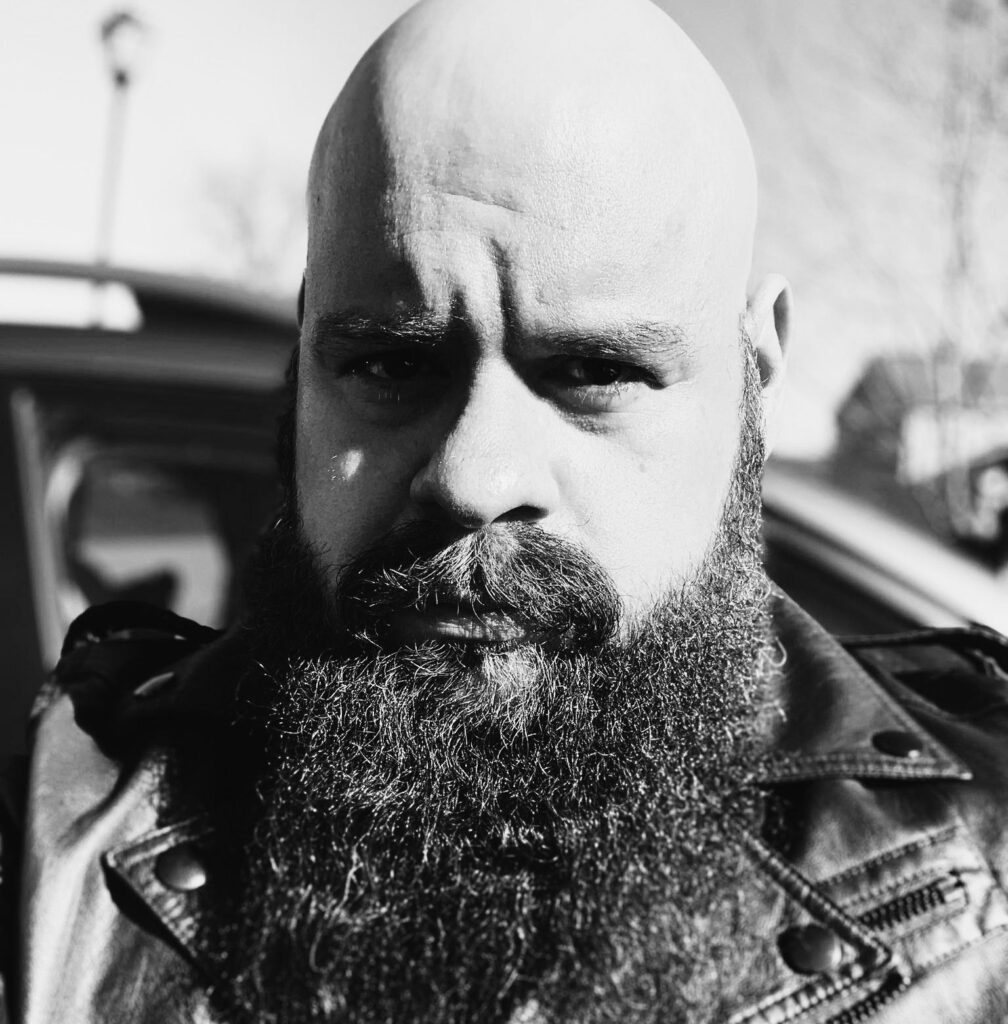
By Barlow Adams
“The truth will set you free. But not until it is finished with you.”
—David Foster Wallace
When people ask me for advice on writing during difficult times, they are almost always asking me how much of the truth they should tell. I’m never sure how to answer.
There is a strange, nebulous relationship between trauma and truth.
For some the truth in its most undiluted form is a chain-breaker, the act of confession so powerful it carried with it real freedom in a way few other undertakings can offer.
For others, vulnerability is the shackle, nakedness the cage. These writers desperately want to create amidst turbulent times, but the last thing they need or desire is further exposure of an already frayed nerve.
This latter artist still needs to tell a truth, but not necessarily their truth. Which is to say, not their personal literal truth, the story as it happened to them: a given name, a remembered place, a verified event, an actual consequence.
This is no less valid. I would even argue it is no less true.
If you asked me what kind of writer I am, I’d tell you I’m a fiction writer. Sure, I dabble in poetry, plays, and the occasional memoir, but, at the heart of me, I’m a storyteller. I make shit up. I got my fill of real life early on, and had no great desire to bring up something as mundane or painful as my everyday in my work if I could help it.
I built houses of words and shadows, laced with magic and strange happenings, and the lives taking place within bore as little resemblance to mine as I could manage while still crafting them in a competent way. I wrote what I knew: and what I knew is I didn’t want to talk about me.
But, of course, upon inspecting the buildings, I’d always find myself peeking through the windows, skulking in the dark corners of my purposefully disingenuous abodes. There were monsters that resembled medical equipment, supernatural diseases, drawers that extended into the afterlife and beyond. In trying to escape my likeness, all I did was paint my self-portrait in lies.
Even when I tried to compensate, purposefully obfuscating the reality of who and what I was, I stood out in the negative space. My concealers revealed my preoccupations more assuredly than if I’d spelled them out in bold type: worlds without sickness or poverty, happiness and contentment like a spool of thread without end, unfurling into a perfectly desperate acknowledgment of fear. Akin to throwing a white table sheet over a poltergeist so no one would think there was a ghost in the house.
I couldn’t help but tell the truth, no matter how I tried to avoid it.
I didn’t tell my stories until much later, when most of the people who would be hurt by the recounting were dead or lost. People call my creative non-fiction brave, but my secret is I’m not sure I’d have written any of it if my mother still lived, if my dad were still around to be shamed, my disapproving family yet on the mortal plane.
Even still, I rarely tell the tale I am living through. I don’t transcribe fire, I poke smoldering coals, copy the smoke signals that arise as best I am able.
Things are bad in my life right now, but apart from a single story I wrote for an editor I adore, and who showed tremendous faith in me, I haven’t written a word about it.
What I have done is scribble a lot of older truths. Maybe to distract myself. Perhaps I hope by immersing myself sufficiently in those memories I can avoid the now. A part of me wonders if I am drawing conquered pains to me like a blanket of victories: the comfort that if I have survived them I can survive this.
I recently completed a story I’ve been trying to write for a decade. Could never figure out how to tell it right, so I wasn’t sharing trauma that wasn’t mine. There was too much truth. That riddle rattled around in me like a tab in a rusty soda can for thirteen years, and it wasn’t until the pain of the present was so loud I had to seek out another, competing noise that I could make sense of those echoes.
This is all to say there is sometimes no deciding how much truth to tell during difficult times: you often tell exactly the amount you are able to.
If you’re lucky it’s enough. Enough for you, the reader. Enough for something like release, like escape.
The trick to writing through adversity is simply to write, to squeeze out whatever creativity you can fit between your clenched teeth. Expect nothing more. Accept nothing less. The form is immaterial. Choose the shape that enables you.
Strictly-speaking I don’t hold much belief in cathartic writing. I’ve never been healed by my own sentences, though I’ve found balm in the words of others on occasion.
But I ascribe to something like the feeling of steam pouring from a tea kettle, the piping of a pressure cooker. If not absolution, then exorcism.
What I’m telling you, friends in adversity, is tell your truth. Get it out. Lie if you have to.
I promise those who love your writing will swallow every syllable just the same, help you eat every sin, imagined or ingrained.
Read Barlow’s other work here at Reckon:
Adversity and the Artist: The Persistent Myth of Inspirational Suffering
Creative Nonfiction: The Finch Hunter

Barlow Adams
Barlow Adams is a chronically ill writer in the Northern Kentucky area. He has survived kidney failure, lymphoma, and a saccular aneurysm. He occasionally wins writing awards and international competitions. He is overly fond of pie and smush-faced dogs.

2 responses to “Adversity and Actuality: Finding the Right Shape For Your Truth”
Truth, lovingly and beautifully said. Good to the last drop. As for catharsis, as you write, it has a thousand faces, a thousand songs, one for each of us. Each one may heal if we let it. Keep piping.
Absolutely beautiful.. thank you for the wisdom and the grace. Wishing you warmest regards and best wishes for all that is of benefit to you 💕